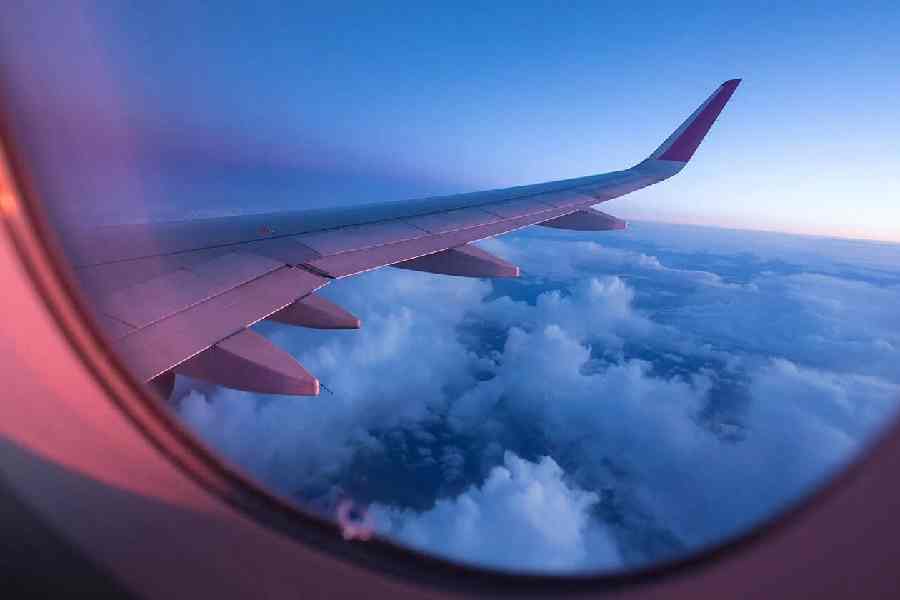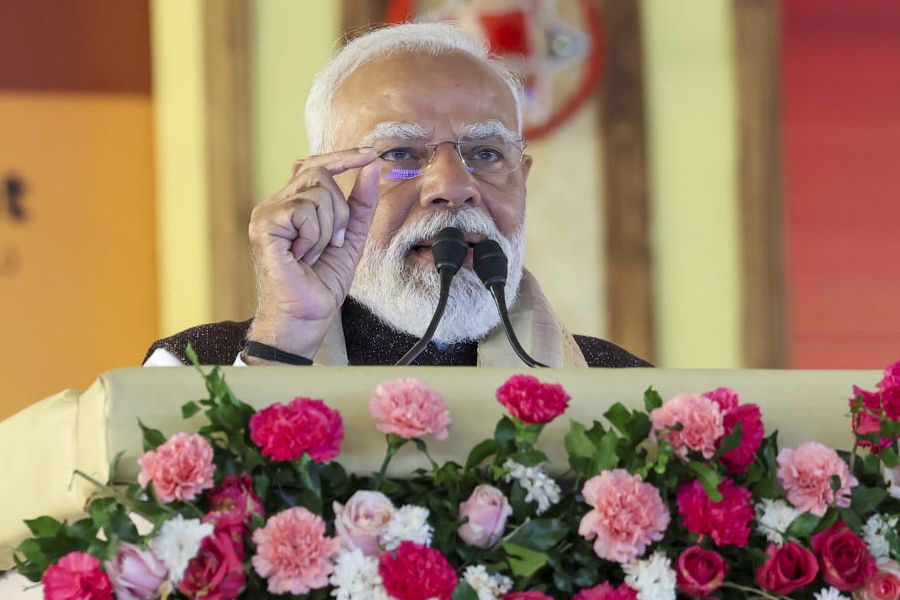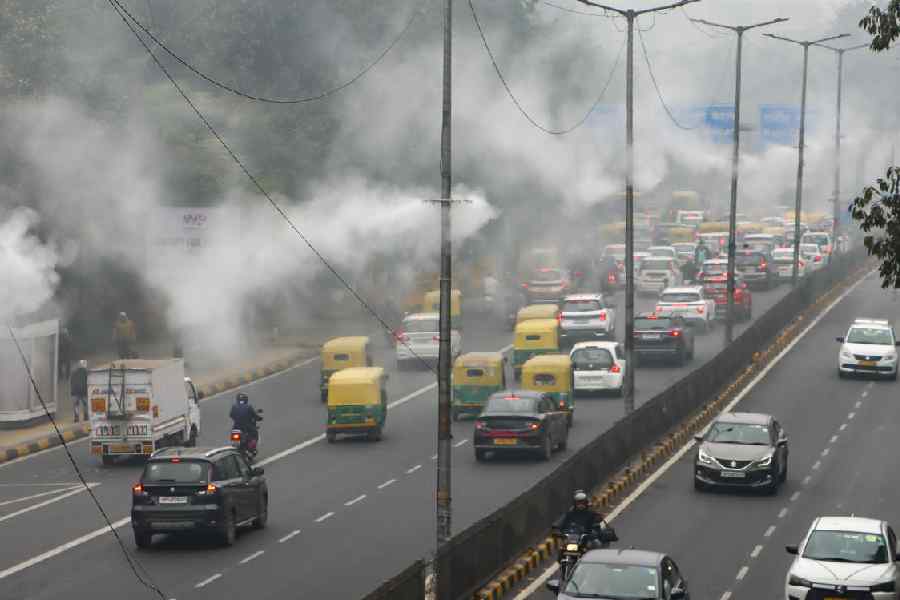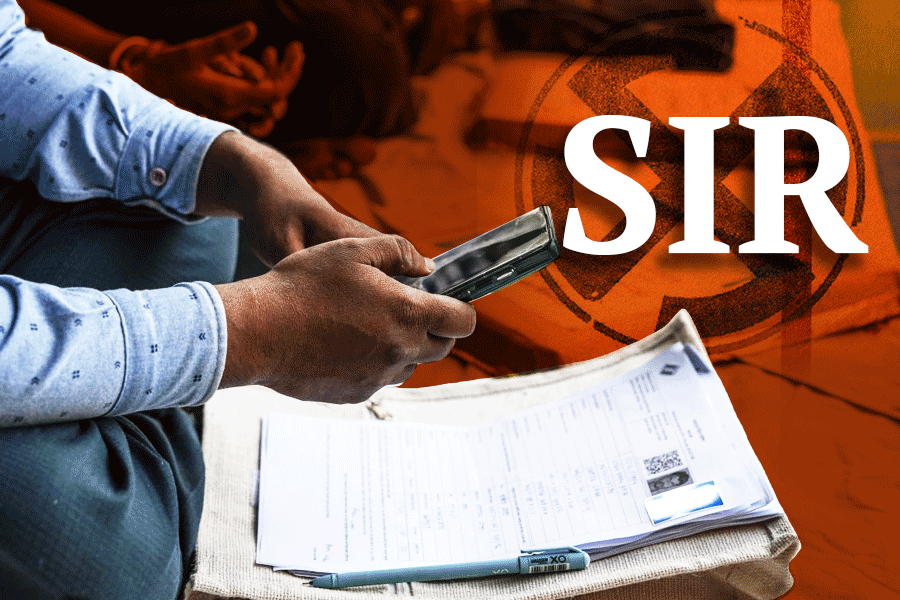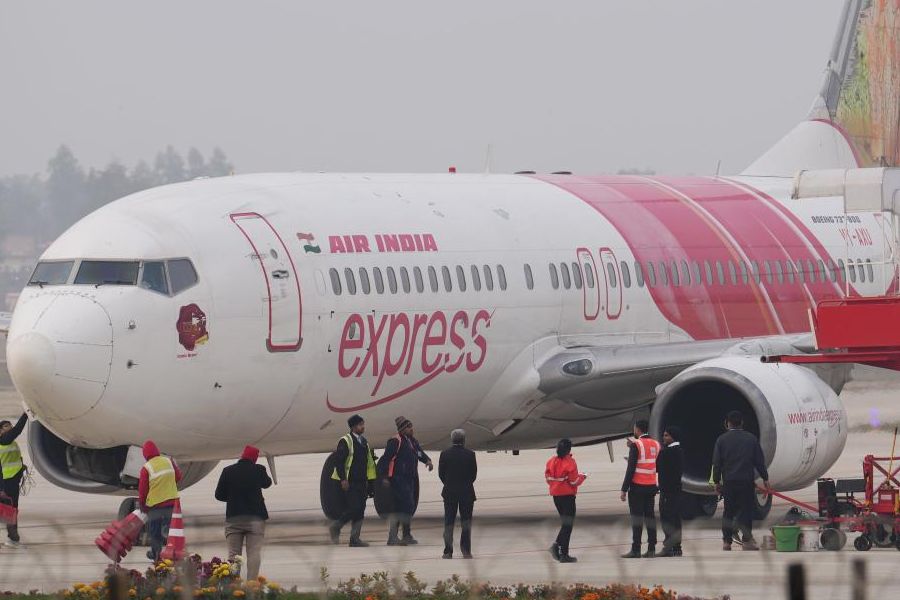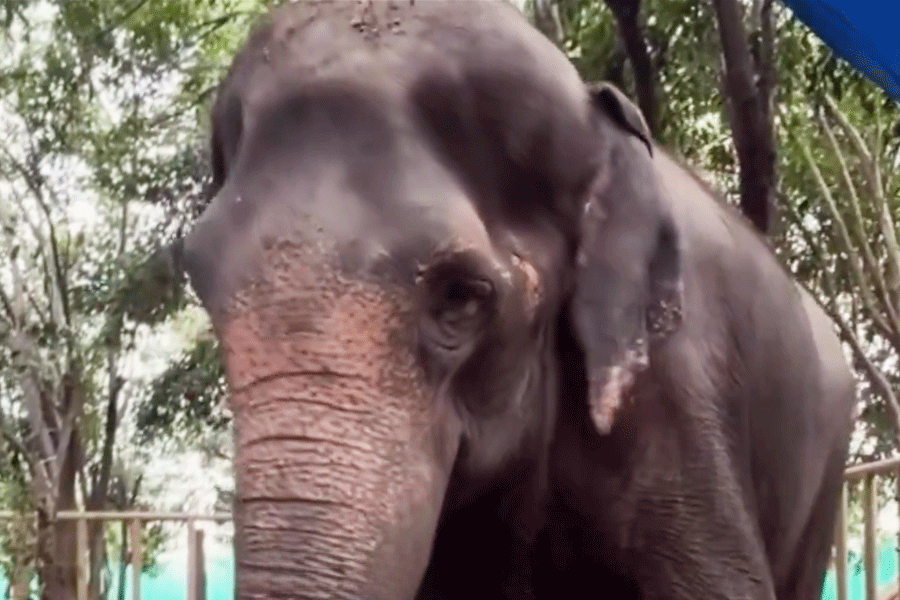It starts with a faint whiff of something burning. Then, a crackling noise. Within seconds, smoke snakes out of an overhead bin, passengers jolt upright, and flight attendants rush forward with fire extinguishers.
This could be a reality at 30,000 feet, up in the sky. And this is why airlines don’t allow lithium battery powered power banks as check-in baggage.
The lifeline of modern digital life, is the ticking time bomb in the skies.
The US Federal Aviation Administration (FAA) recorded an average of three overheating lithium battery incidents on planes every two weeks in 2024, up from one per week in 2018.
On March 31, several airlines updated their guidance on carrying lithium batteries onboard. The batteries are in devices such as cellphones and e-cigarettes, and can malfunction to produce smoke, fire or extreme heat.
Some now prohibit their use altogether, while others demand they be kept within reach, never left unattended in overhead bins.
The fire that changed everything
In January, an Air Busan plane was consumed by flames while preparing to depart South Korea.
The cause is still under investigation, but the country’s transport ministry hinted at a suspect: a power bank. By March 1, South Korea had imposed strict new rules. Air Busan has banned power banks from overhead bins, insisting they stay with passengers for immediate detection of any issues.
The rest of the country’s airlines quickly followed suit.
In Hong Kong, a midair scare on a Hong Kong Airlines flight in March forced an emergency diversion. Passengers were left shaken as smoke billowed from an overhead compartment.
Less than two weeks later, the city’s civil aviation department announced sweeping regulations: no charging, no storing in overhead bins.
Industry giant Cathay Pacific fell in line—though it hesitated, citing enforcement challenges and the risk of “negative unintended consequences.”
From AirAsia in Malaysia to VietJet in Vietnam, restrictions have swept across airlines in the past months.
Kazakhstan’s Air Astana, Indonesia’s Batik Air, and Taiwan’s EVA Air have all enacted bans on charging power banks mid-flight.
But as airlines race to prevent inflight battery fires, they also risk creating a new set of problems.
Mark Searle, head of safety at the International Air Transport Association (IATA), warned against knee-jerk reactions. "We really need substantive evidence to ensure whether there is a change to the system that needs an adaptation of current standard operating procedures. Or actually, it demonstrates that those standard operating procedures are robust and are doing what they're supposed to do," he told Reuters.
Lufthansa, one of Europe’s largest airline groups, has chosen to adhere strictly to IATA’s existing guidelines, which mandate carrying power banks in cabin baggage but not in checked luggage.
And then there’s Air India, who said there is no consensus.
"As change from current practice may introduce new risks and there is no clear consensus on the best approach, Air India policy remains unchanged at this juncture," a spokesperson said.
Air India doesn’t allow power banks in check-in baggage.
Other India airlines, such as IndiGo don't allow power banks in check-in baggage, SpiceJet allows power banks up to 160 watt capacity in check-in baggage.
Unlike electronics packed away in cargo holds, power banks travel with passengers in the cabin.
Passengers plug in. They forget. They cram devices into tight spaces. And sometimes, that’s all it takes.

